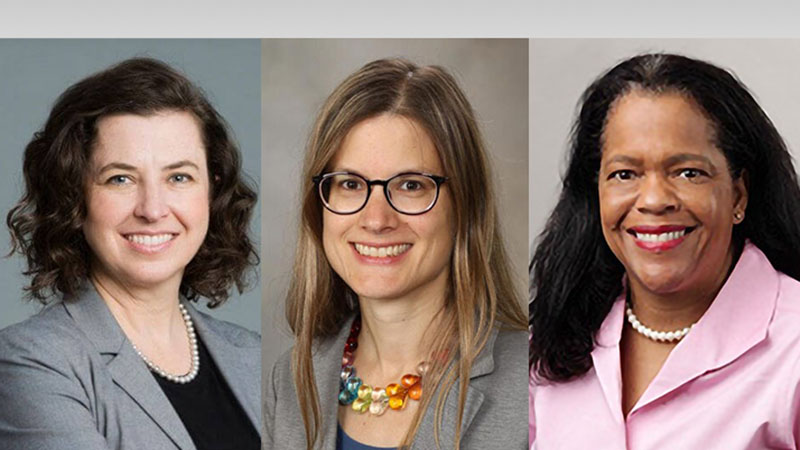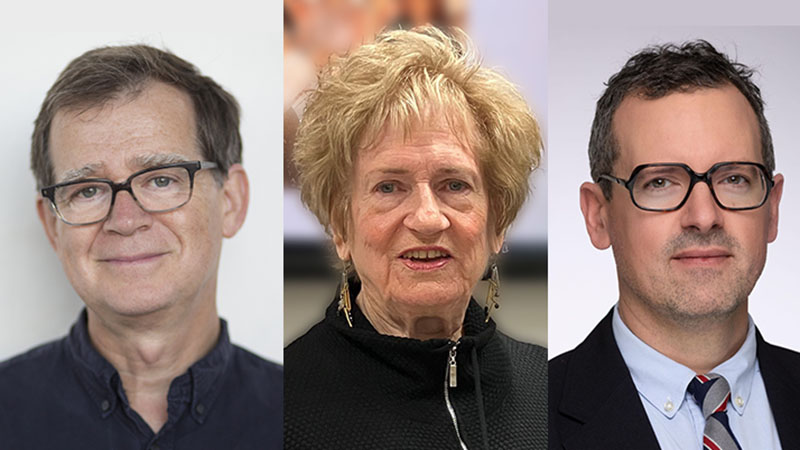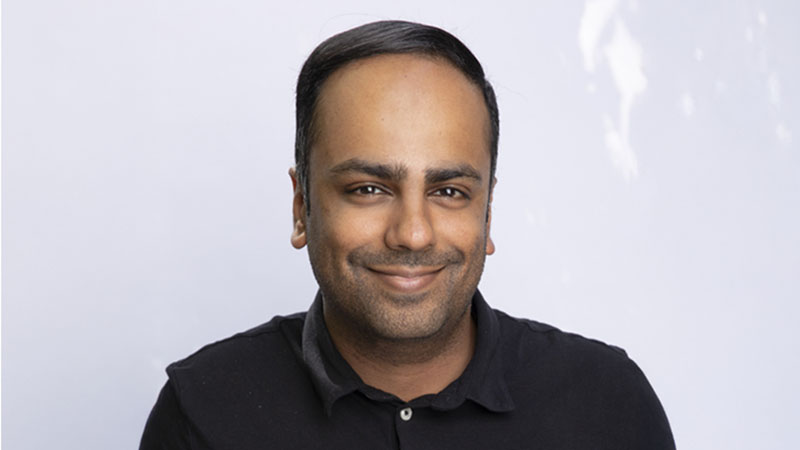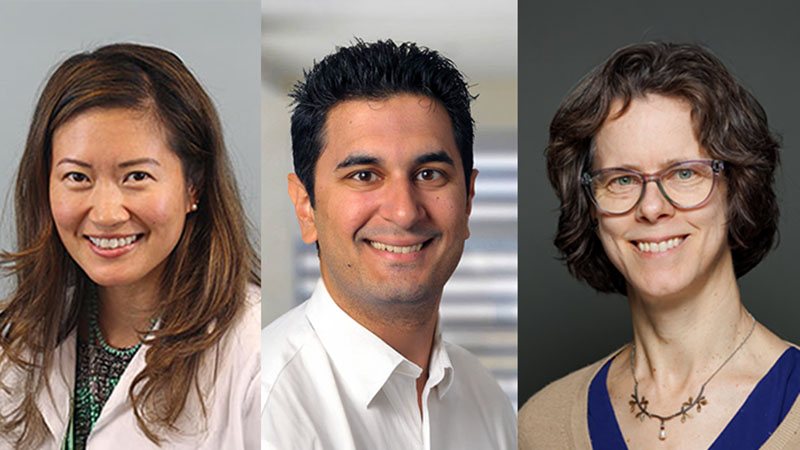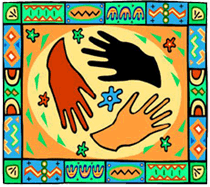
Despite recent attention, dying in the United States is a complex and often suboptimal experience for patients and providers alike.
The reasons are myriad. Discussions between patients and providers regarding wishes for end-of-life care occur too infrequently or not at all. Health care proxies often are not documented and advance directives remain unclear for a large percentage of patients with serious illness resulting in aggressive, expensive and often undesired care near the end of life. Hospice is under-utilized and those who are referred are often enrolled very late in the dying process.
Important gains are being made, however. Organizations like The Conversation Project are providing toolkits that help families talk with their loved ones about their wishes for end-of-life care. Startups like True North Healthcare are collaborating with provider organizations and EMR platforms to design user-friendly ways to record and share health care proxy paperwork across institutions. Congress is even coming around with legislation in the pipeline that would reimburse providers for time spent discussing advance directives with their patients.
Unfortunately, these advances are unlikely to reach all populations equally.
Communities of color have long experienced suboptimal end-of-life care in this country. Although the data is old, evidence suggests that these patients remain less likely to have advance directives on file, are less likely to utilize hospice benefits and are more likely to die in the intensive care unit.
In his seminal 2002 paper in JAGS, Harvard’s Eric Krakauer tackled this issue by categorizing the barriers to optimal end-of-life care experienced by communities of color as institutional (inadequate insurance, underrepresentation of minorities in medicine), cultural (insensitivity to cultural differences between provider and patient) and individual (the mistrust that exists as a consequence of historical discrimination of the health care system against communities of color). While some of these barriers have been addressed over the last 10 years, important ones persist.
Health care reform efforts have expanded insurance coverage and lowered the institutional barrier of suboptimal access to health care long experienced by communities of color. Educational pipeline programs represent small steps to diversify the embarrassingly homogenous clinician workforce yielding providers who more accurately reflect the population that they are serving. Medical schools are playing their part by recognizing the importance in teaching cultural humility, hopefully thereby creating a clinician workforce better able to elicit patient concerns regarding end-of-life care.
Despite these important gains, historical discrimination against communities of color has resulted in an understandable distrust of providers that continues to be an important barrier to accepting a poor prognosis, entertaining hospice enrollment or perceiving palliative care as something other than second-tier care. It also serves as a barrier to documenting advance directives due to the understandable concern that a DNR status might change the way a loved one is cared for in the hospital. Trust is an essential ingredient to quality end-of-life care, and the lack thereof remains a durable barrier to achieving that goal in many communities.
Enter the Community Health Worker. In a recent Perspective article in the NEJM, Drs Prabhjot Singh and Dave Chokshi describe the global success of Community Health Workers and call for a “scaling up” of the community health workforce as part of a national effort to improve health outcomes, reduce costs and create jobs. Lay community members with focused training, Community Health Workers blend a nuanced appreciation for their community’s historical experience and values with an ability to understand, interpret and navigate complex health care systems. They have played an integral role in arenas such as maternal and child health and immunization campaigns, and they have a strong track record as navigators for patients with cancer and HIV. Known for their ability to bridge the gap between community and care system, Community Health Workers are uniquely positioned to support ongoing efforts to optimize end-of-life care for historically marginalized communities.
For patients with advanced illness, Community Health Workers could serve two important roles. First, they could serve as an important community based extension of the health care system, facilitating informal discussions in which patients could assign health care proxies, discuss advance directives and broadly describe their end-of-life wishes in a familiar, unpressured environment. This moves the locus of care from the hospital to the community and provides a safe space for questions to be asked and answered. Second, through their intimate relationship with community stakeholders, Community Health Workers could provide the health care system with important feedback on persistent fears, myths or misunderstandings that providers have failed to adequately address and that continue to serve as important barriers to optimal end-of-life care for all communities.
Community health workers hold tremendous promise to improve health outcomes for marginalized groups by bridging the gap between clinic and community. Their formalized involvement in the provision of end-of-life care is long overdue. As that role expands communication should improve, care delivery should better align with patient preferences and that most durable barrier — mistrust of the health care system — should feature less prominently in end-of-life decision making. Community health workers have the potential to become powerful allies in reducing entrenched disparities in end-of-life care.
by: Jonathan Giftos, MD, @jonathan_giftos
Jonathan is a PGY2 in the Primary Care/Social Internal Medicine (PC/SM) residency training program at Montefiore Medical Center in the Bronx, NY.
